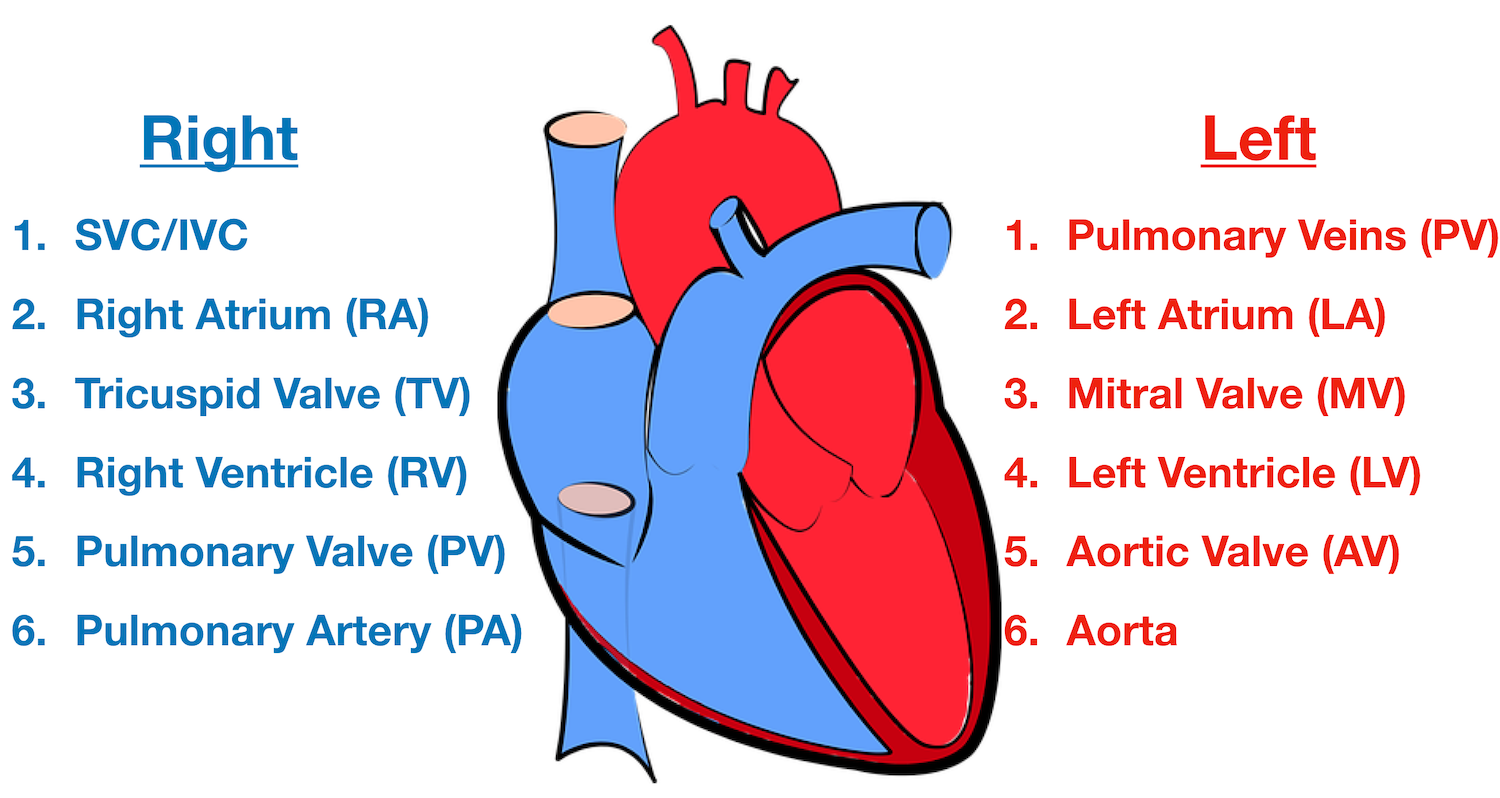Explain the Different Types of Circulation
Blood flow from the right ventricle to the pulmonary arteries to the lungs to the pulmonary vein to the left atrium. It is comprised of three parts.

Circulatory System Anatomy And Function
Circulation Area can be broken into two types.

. There Are Two Types of Circulation. Systemic circulation pulmonary circulation and portal circulation. Pulmonary Circulation and Systemic Circulation.
The main function of the circulatory system is to circulate blood which carries oxygen and nutrients throughout the entire body. These roadways travel in one direction only to keep things going where they should. The pulmonary circulation coronary circulation and systemic circulation.
There are three types of circulation found within humans. Primary circulation is the main route connecting the building core and common spaces such as elevator lobbies exit stairs and core toilets. Secondary circulation is the aisles between individual and support spaces.
Circulation Of Architectural Obvious pathways include hallways horizontal circulation and stairs vertical circulation. Answer Expert Verifiedquestionquestion mark 1. The major patterns in atmospheric circulation around the tropics from around latitudes of 30 o N to 30 o S are the result of convection that occurs because areas around the equator receive more sunlight than higher latitudes see absorption and reflection of sunlight.
Systemic circulation describes the movement of blood from the heart via arteries to the periphery and back to the heart via the veins. Network vessels that carries blood to and from the lungs. This part of the cycle carries oxygen-depleted blood away from the heart to the lungs and.
The three systems work together to ensure proper oxygenation and blood flow throughout the body. Blood flow from the left ventricle of the heart to the rest of the body and back to the right atrium Pulmonary circulation. Network of arteries and veins that supplies blood to all the cells of the heart.
Jd3sp4o0y and 57 more users found this answer helpful. Systemic circulation carries oxygenated blood from the heart to organs. Halls can be expanded to become spacious areas like vestibules foyers galleries arcades and colonnades.
The circulatory system may be defined as the system which is involved in the circulation of lymph and blood throughout the body. Bathymetrically-controlled 3 channel rips and 4. The circulatory system carries oxygen nutrients and hormones to cells and removes waste products like carbon dioxide.
Pulmonary circulation - The flow of deoxygenated blood from the right ventricle to the lungs and the return of. Pulmonary circulation describes the movement of blood from the heart to the lungs and back to the heart. The circulatory system consists of many parts like heart blood vessels blood cells lymph lymphatic vessels and glands.
The three types of circulation that make-up the circulatory system of the body are systemic circulation pulmonary circulation and portal circulation according to the Franklin Institute. Pulmonary Circulation moves blood between the heart and the lungs. What type of circulation is responsible for removing oxygen-depleted blood cells from the heart going to the lungs to receive proper amount of oxygen.
The term circulation refers to the movement of people through around and between buildings and other parts of the built environment. It sends oxygenated blood out to cells and returns deoxygenated blood to the heart. Within buildings circulation spaces are spaces that are predominately used for circulation such as entrances foyers and lobbies corridors stairs landings and so on.
Double circulation Systemic circulation - The flow of oxygenated blood from the left ventricle of the heart to various parts of the body. There are two main types of circulatory systems. Open circulatory systems are systems where internal organs and body tissues are surrounded.
There are three different types of circulation that occur regularly in the body. Systemic Circulation the blood moves between the heart and the rest of the body and it sends oxygenated blood out. Hydrodynamically-controlled 1 shear instability rips and 2 flash rips which are transient in both time and space and occur on alongshore-uniform beaches.
Arteries carry blood away from the heart and veins carry blood back to the heart. What do you think are the two types of Circulation. Open circulatory systems and closed circulatory systems.
Network of vessels that carry blood from the heart to the body and from the body back to the heart. These air masses called the Hadley Cell rise near the equator and travel north and south transporting heat and water. Pulmonary circulation moves blood between the heart and the lungs.
Each category is further divided into two types owing to different physical driving mechanisms for a total of six fundamentally different rip current types. What Are the Parts of the Heart. Circulation spaces may be categorised as those facilitating horizontal.
But every space we are able to occupy is part of the circulation system of a building. It transports deoxygenated blood to the lungs to.

Systemic Circulation An Overview Sciencedirect Topics


No comments for "Explain the Different Types of Circulation"
Post a Comment